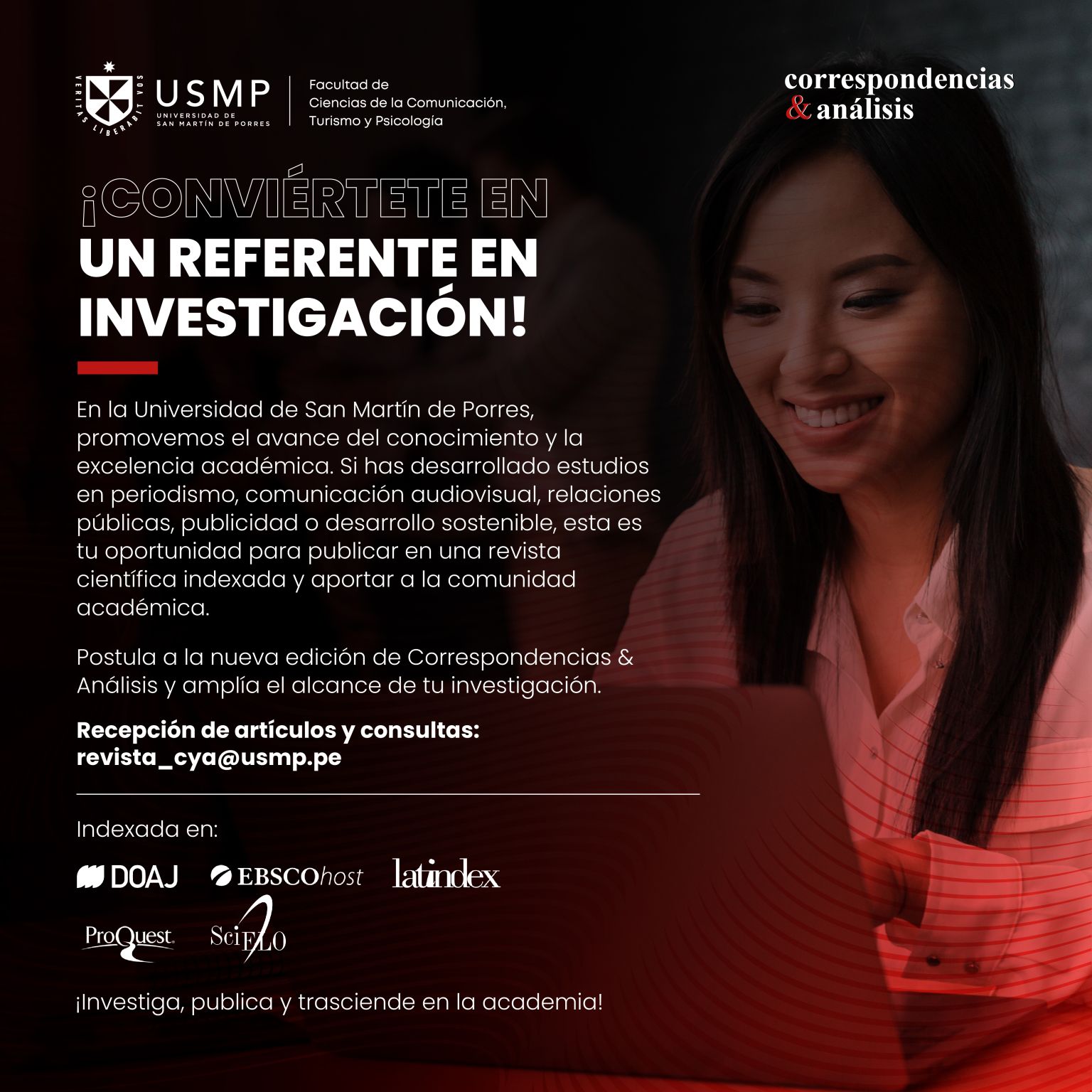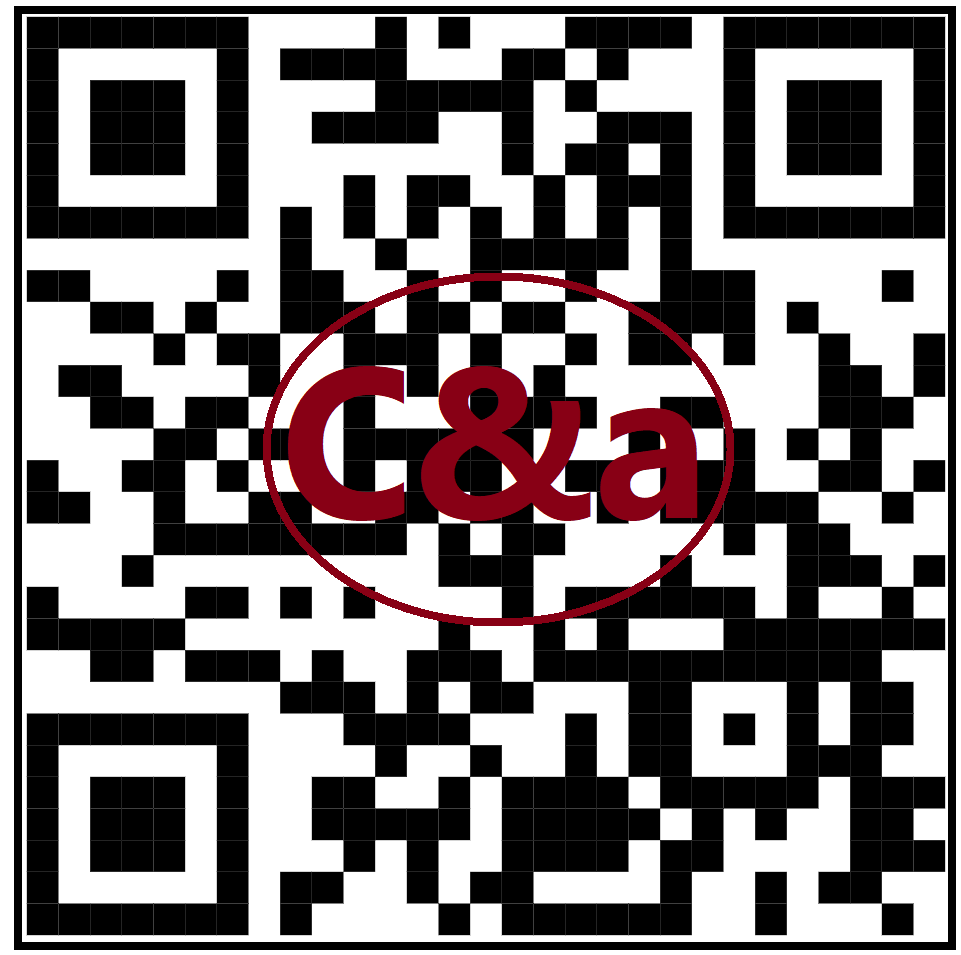Resize Public Relations: in search of a theoretical construct which optimizes the communication dynamics between business and social realities
DOI:
https://doi.org/10.24265/cian.2012.n2.04Keywords:
Public Relations, Strategic Program of Communication, Communications in Organizations, Internal and External Communication, Organizational Culture, Crisis Plan, Corporate Social Responsibility, Reputation, StakeholdersAbstract
There is no doubt that in a globalized market (highly competitive and demanding, which seeks excellence, honesty and business creativity) Public Relations must be constructed as a social science, multidisciplinary and flexible, directed not only to the attainment of corporate objectives, but also to follow closely the development of rural communities, the various guilds, unions and NGOs; institutions, State authorities and citizen groups in general.
Metrics
Downloads
References
Arceo Vacas, J. (ed.) (1999). Tratado de Publicidad y Relaciones Públicas. Madrid: ICIE.
Asociación de Empresas Consultoras en Relaciones Públicas y Comunicación - ADECEC (2002). La comunicación y Relaciones Públicas en España. Radiografía de un sector. Barcelona: Pirámide.
Caravedo, B. (1998). El impacto social de las empresas mineras en el Perú. Lima: Instituto de Estudios Energéticos Mineros.
Del Castillo, E. y Yamada, G. (2010). Responsabilidad social y buen clima laboral: una fórmula ganadora. Lima: Universidad del Pacífico.
Grunig, J. E. y Hunt, T. (2000). Dirección de Relaciones Públicas. Barcelona: Gestión 2000.
Guth, D. W. y Marsh, C. (2006). Public Relations. A Values-driven approach. Boston: Pearson Education.
Harlow, R. (1976). “Building a Public Relation Definition”. Public Relations Review, núm. 4, pp. 24-30.
Harrison, S. (2002). Relaciones Públicas. Una introducción. Madrid: Thomson.
Louffat, E.; Hernández, V.; Ingar, R.; Mavila, L. y Vento, C. (2008). Cultura organizacional en estructuras en red. Lima: Universidad ESAN.
Martín Martín, F.
_(2010). Comunicación empresarial e institucional. Madrid: Universitas.
_(2004). Diccionario de comunicación corporativa e institucional y Relaciones Públicas. Madrid: Fragua.
Noguero i Grau, Antoni (1999). “Características principales de la actividad tipificada como industria de Relaciones Públicas en España: sujetos promotores y sujetos ejecutores”, pp. 467-508. En Arceo Vacas, J. (ed.). Tratado de Publicidad y Relaciones Públicas. Madrid: ICIE.
Sanborn, C. y Portocarrero, F. (2010). Filantropía y cambio social en América Latina. Lima: Universidad del Pacífico.
Schwalb, M. (2010). Experiencias exitosas de Responsabilidad Social Empresarial. Lima: Universidad del Pacífico.
Schwalb, M. y Malca, O. (2010). Responsabilidad social: fundamentos para la competitividad empresarial y el desarrollo sostenible. Lima: Universidad del Pacífico.
Schwalb, M.; García, E. y Soldevilla, V. (2010). Buenas prácticas peruanas de Responsabilidad social empresarial. Lima: Universidad del Pacífico.
Solano Cornejo, D. (2009). Responsabilidad social: estrategias sostenibles para el desarrollo y la competitividad. Lima: Universidad ESAN.
Solano Fleta, L. (1999). Tratado de Relaciones Públicas. Barcelona: Gestión 2000.
Wilcox, D.; Ault, P.; Agee, W. y Cameron, G. (2001). Relaciones Públicas. Estrategias y tácticas. Madrid: Pearson Educación.
Downloads
Published
Issue
Section
Categories
License
Copyright (c) 2012 Amybel Sánchez de Walther

This work is licensed under a Creative Commons Attribution 4.0 International License.
In case the manuscript is approved, the authors retain the copyright and assign to the journal the right to publish, edit, reproduce, distribute, display and communicate in the country of origin and abroad by means of print and electronic media in different databases.
In order for this procedure to be recorded, the author must fill out the following formats:
Format 1 - Author data Format.
Format 2 - Affidavit on originality and authorization for the publication of articles Format.
Format 3 - Open Science Compliance.







2.png)













